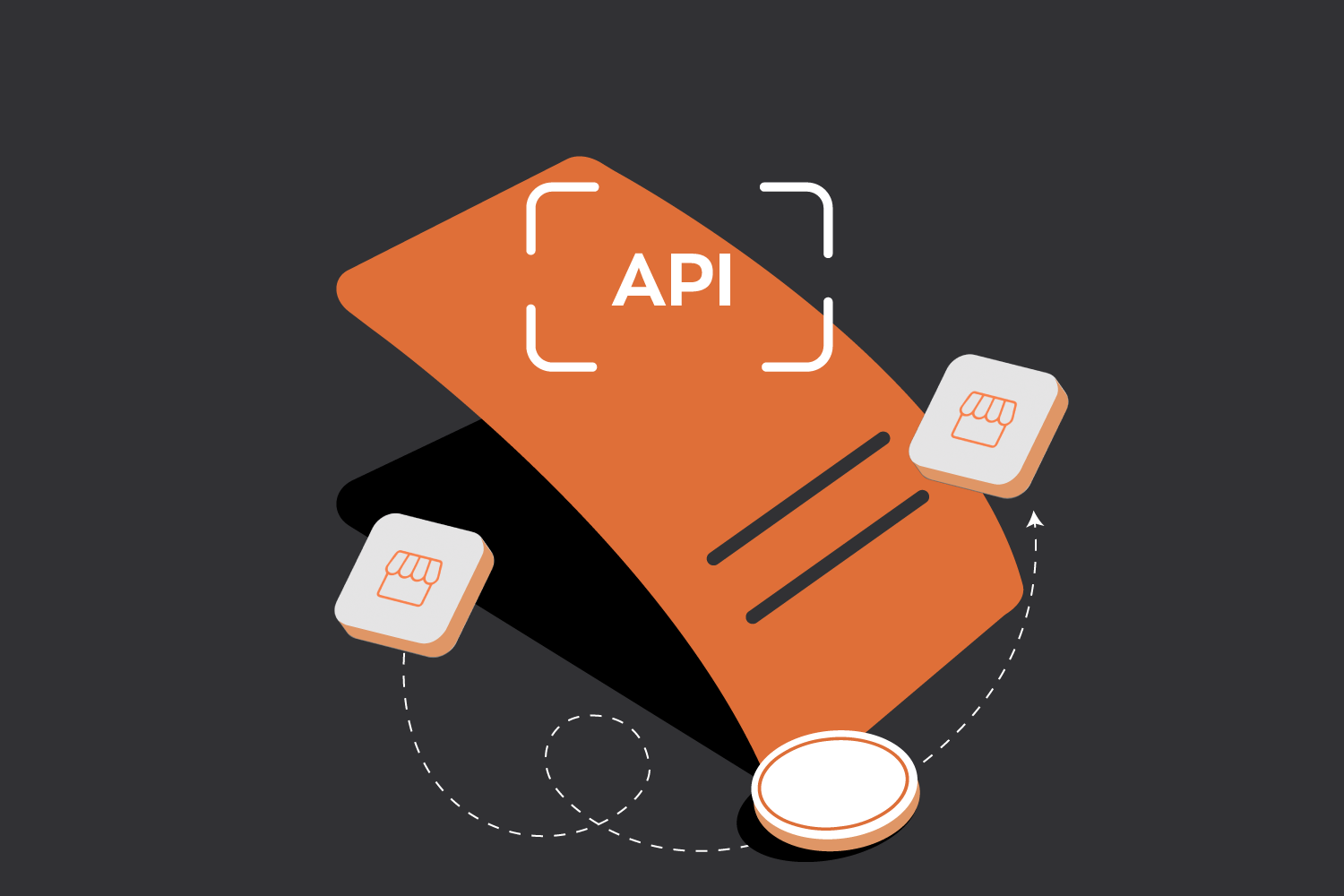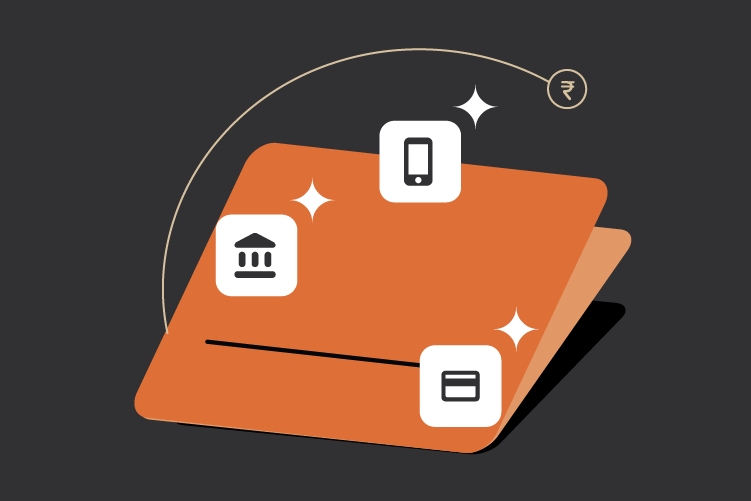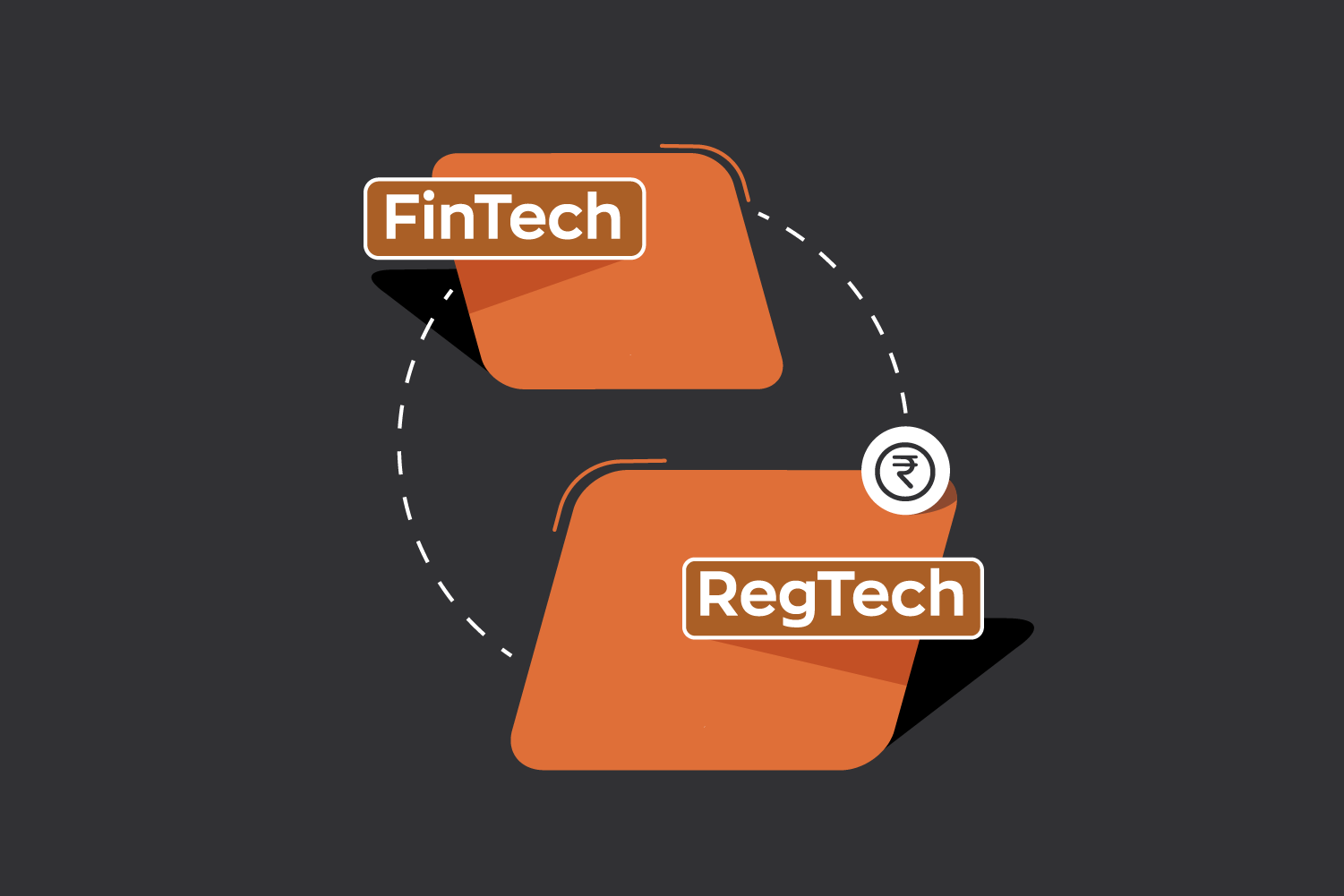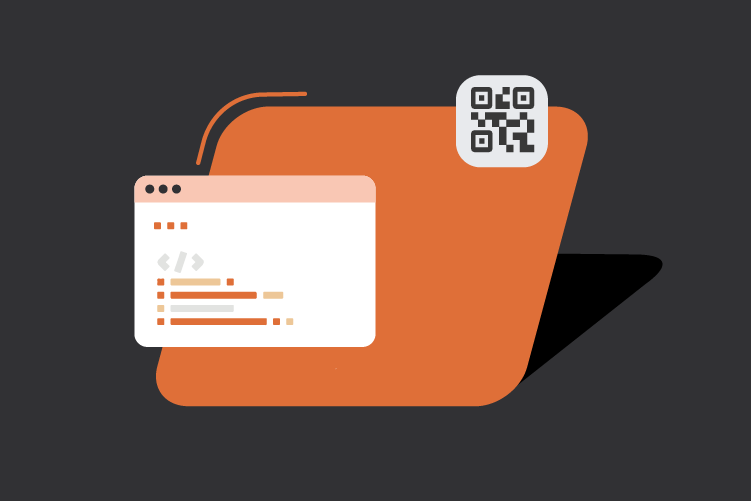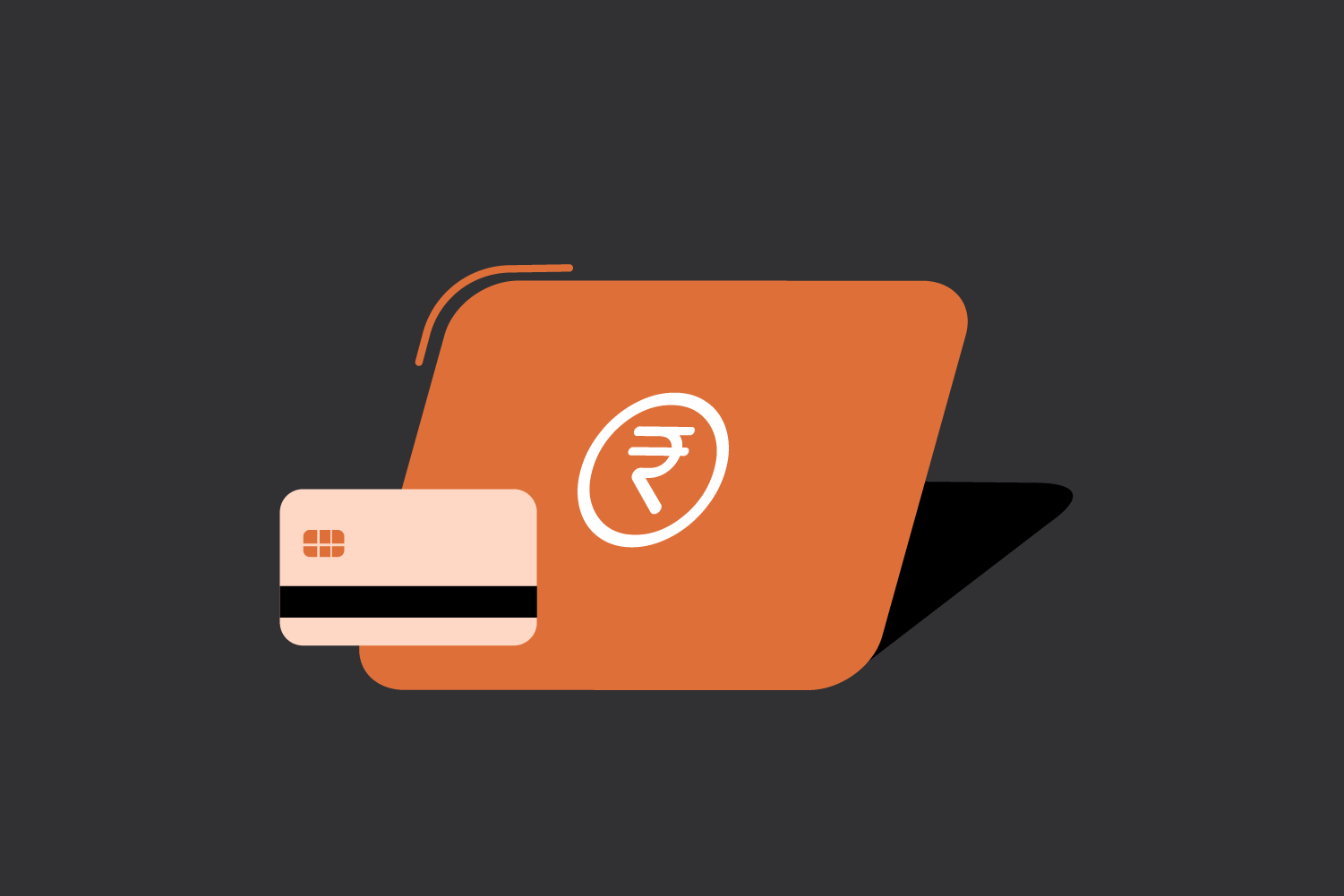If you’re a 90’s kid reading this, you’d agree on how fast the world has changed in terms of technology. From bulky desktop computers in dedicated air-conditioned rooms to thinnest possible cellphones masquerading as powerful personal computers – technology has come a long way!
Now let me turn the same lens at the banking & financial services industry – remember those days of cash transfers and cheque deposits?
Fact: transaction volumes over the Unified Payments Interface (UPI) more than doubled over a year, touching 2.73 Bn in March 2021 compared to 1.25 Bn from a year ago.
Expected, right? On one side, the pandemic forced Indian families to hoard cash (this has resulted in the currency to GDP ratio increasing to pre-demonetisation levels of 12% in 2019-20). However, this increase in UPI transaction volumes and digital payments is a sure shot indicator of India embracing digitization in its payments, banking & financial services industry.
Read this wonderful report by PwC India if you’re interested in the UPI growth trajectory in India.
Here’s another fact: as per NPCI data, UPI downtime has significantly increased to 0.17%, while most banks faced high rates of technical failure in November 2020.
Sudden growth, no incentive for investing in better infrastructure, no detailed accountability for these failed transactions and the complex structure and multiple failure points – all of this have contributed to the failure rate.
I certainly cannot discount the improvements the legacy banks and the regulators have brought in. However, the fact of the matter is – consumers are already in the next phase of technological revolution and they expect their financial institutions to catch-up sooner rather than later.
Now, how exactly do banks and financial institutions catch up with the consumer whose attention span is less than a minute? A consumer who is not comfortable with waiting in lines anymore?
Short answer – they don’t. For the long answer, read on.

Contextual Banking – Embedding financial services in our daily lives
To give you the context (
Similarly, in India, way back in 2013, RBL & Yes Bank exposed their APIs to other developers/partners to build innovative financial services. This started the digitization movement of banking & payments services in India.
Cut to 2021 – staying at and working from home – our lives have become an amalgamation of home deliveries and services with Google Pay/PhonePe/Cred/Paytm and what not!
Remember when I said, banks and financial institutions need not catch-up with the consumer? It is because now businesses which offer non-financial services are embedding financial services in their core offering – so banks don’t have to.
For businesses – embedded finance – is not ‘nice-to-have’ anymore. It is a massive opportunity.
Brands – the next banks of tomorrow
If you like to order out regularly like me then you must already be familiar with “Edition” – the credit card which Zomato has started offering to their customers in partnership with RBL. You apply for the credit card directly from your Zomato app, you’re instantly notified of your approval and credit limit. Within 7 days, you will receive your card from the courier services.
Does this sound better than answering those calls – do you want a credit card?
For a brand, providing their loyal customers with a seamlessly integrated financial service, seems like the next obvious choice.
For example, let’s say Royal Challengers Bangalore today announced a membership card for their fans which would enable them to avail exclusive discounts from certain brands or stores. How many fans, do you reckon, will happily opt for this service?
RCB has a massive fanbase and for years have enjoyed the courtship of their fans. It has a strong emotional tie with its fans which can be further transported to offering them unique products and services with the help of embedded finance.
Not just sports or entertainment companies, any non-financial institution can avail the benefits of embedded finance. If today, a school decides to open savings accounts for their students and offer them micro loans to help them cover educational expenses, it can.
In short, not only integrating financial services can offer brands to better their relationships with their loyal customers – it opens up a massive opportunity in the form of a new revenue stream.
Bain Capital Ventures estimates that there is a total addressable market of $3.6 trillion of value to be generated from embedding financial services over the next ten years – and that’s just the US.
It’s evident that any company that wants to invest in customer loyalty and experience needs to wrap their head around integrating financial services.
The question is not if and when but how will they do this.
To embed financial services, a platform or an app has to integrate with financial institutions.

Several challenges are expected at this juncture. Poorly structured documentations and APIs that are vexed with errors and loopholes, in turn, trigger a whole lot of back and forth cycles with miscommunication galore and further delays.
An integration cycle of 5-6 months can easily be stretched to a couple of years if this vicious cycle continues. The market would have moved on by then.
That’s why we built Zwitch.
The last four years of building Open and catering to millions of businesses have taught us the value of seamless integration and how to navigate the complex world of compliance, regulations and technology.
We wanted to offer our experience and knowledge in the form of a formidable platform of a full-stack 300+ API banking suite which enables businesses to build their own financial products and services – in a fast and secure manner.
With 18+ leading banking partnerships, we’ve already extended our services towards building 3 of the pioneering neobanking platforms in India and other leading technology companies.
For us, Zwitch was an eventuality that has finally taken its true formidable form.
How do we do it?
In the last four years especially, we’ve closely worked with banks and businesses to understand where and how the pain points exist. Especially, when it comes to automating end-to-end banking and payments operations, how to simplify GST, TDS and other tax calculations and making tax payments. Not to mention, our own experience in dealing with compliance and regulatory restrictions have made us all the more wiser and efficient.
In short, we have dealt with the ground reality very closely and will continue doing so – so that our customers – you – don’t have to worry about any of the technicalities.
The ultimate beneficiaries will be the people – the end consumers. Our goal at Zwitch is to empower non-fintechs to build & integrate fintech products into their services that ultimately benefits their customers.
Andressen Horowitz had once said that every company eventually will be a fintech company.
At Zwitch, we’ve left no stone unturned to ensure that happens – sooner rather than later.

I’m sure you’ll have many questions about our platforms, our modules and how our APIs can help you build the next big product. Luckily, we’ve a team of seasoned professionals who are around the corner to help you and guide you.
Watch this space as we will keep sharing more interesting information and how-to guides for your business. Join us by subscribing to our mailing list as we, Team Zwitch, move forward in this ambitious journey with you.
Till then, onwards and upwards!



